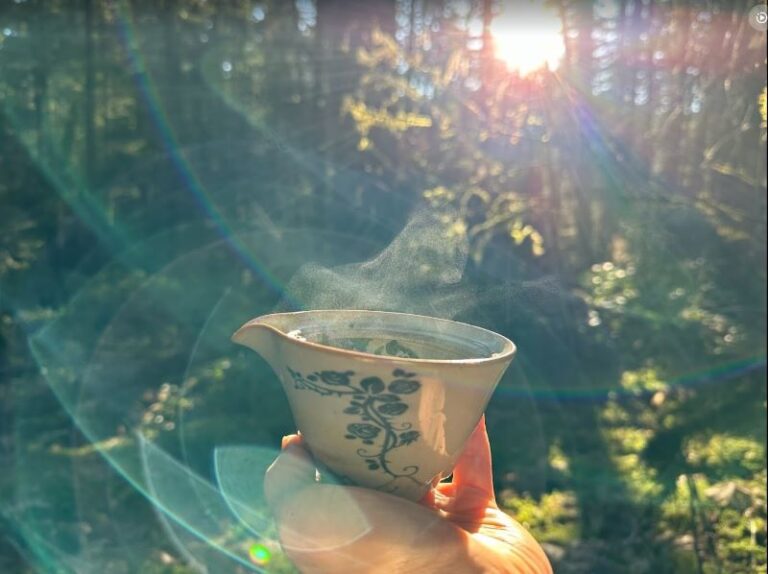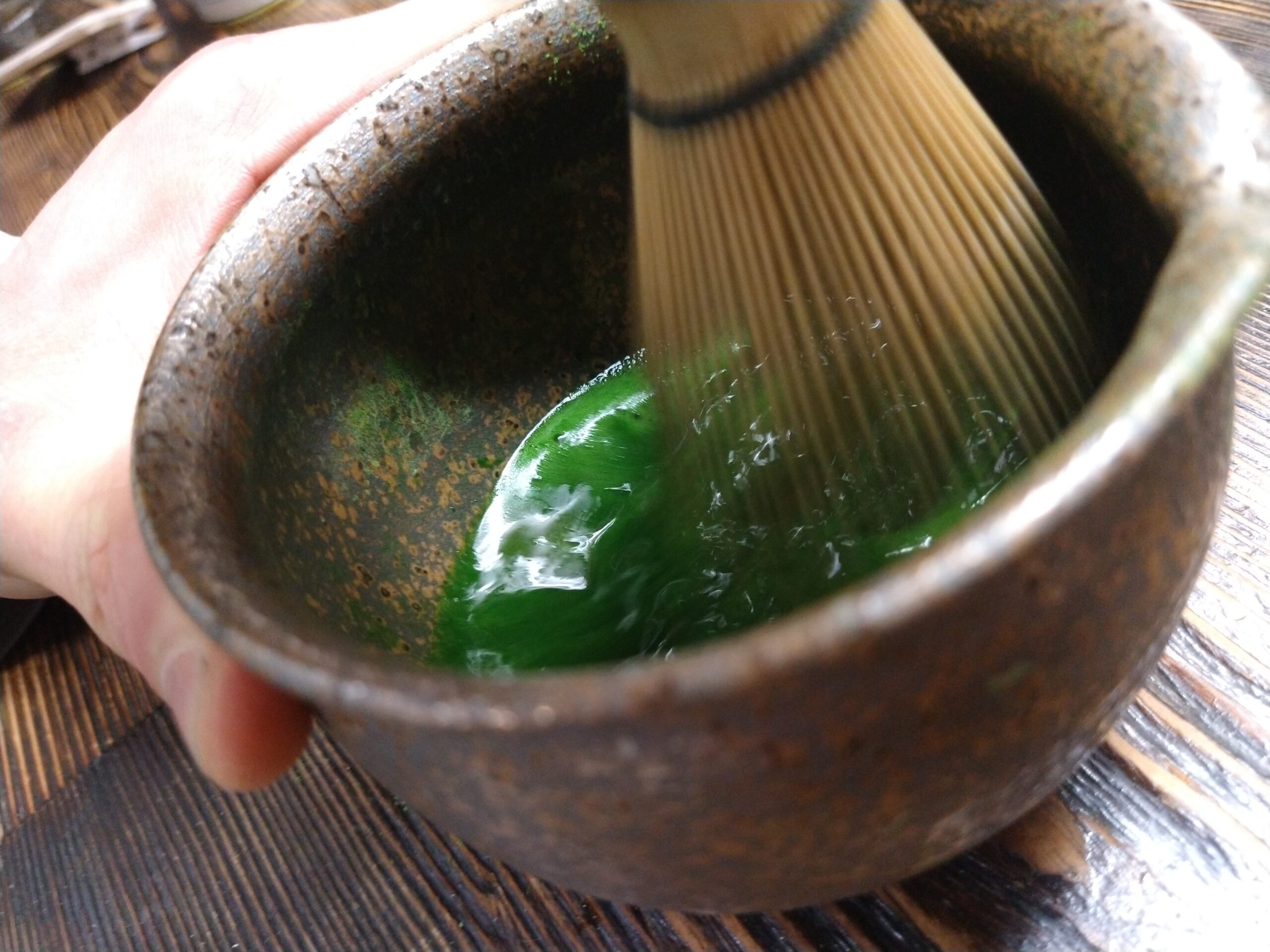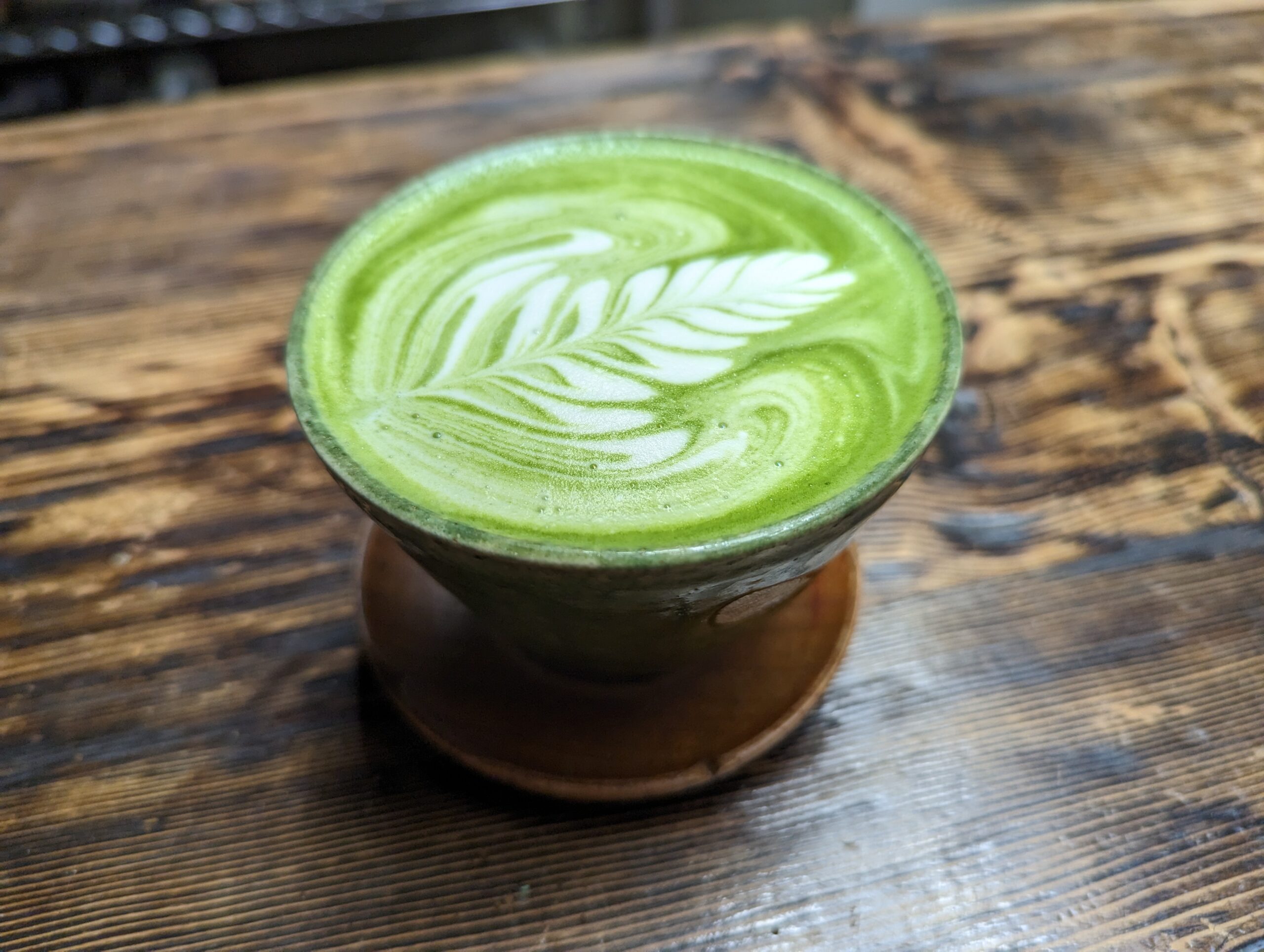
I have been thinking about algorithms and creativity, classic solutions VS what has yet to be thought of. If musicians only ever wrote music similar to what they wrote in the past, we would sure live in a boring world. New thinking and new art is risky because we don’t know if people will like it, but it is so extremely satisfying when they do. And it makes for originality, a strong following, and the spiritual sustainability to be able to continue a project log term.
When we started our business in 2005, we were surprised to find that many cafes served their tea in a way that left the brewing process to the customer: a bag of tea in hot water and handed to the customer. Brewing the tea behind the bar for us was the most obvious solution for controlling consistency in extraction, but it was extremely uncommon even at that time. The hunger for faster and cheaper solutions was even more palpable then than now. When we had our customers use bamboo whisks instead of electric or standard kitchen whisks, we were pressed to defend its practicality. (It does make a nicer froth than any tool we have yet to discover and lasts a decent time as long as you wet before use). Weighing tea and scales for water experienced a decent amount of push back as well, but the resulting ease of consistency across experience levels spoke for itself. If we weigh our tea and water, control the temperature and the extraction time, we can make some incredible tea.
“Building a skill is hard and clumsy.”
More recently we have been talking about gongfu cha and the beauty of combining 4 x 80g infusions into a cup for “to-go” service. At the teabar, here at JagaSilk, we have been giving customers tea sinks with gaiwan and decanters and teaching them how to use them. Loose tea sales have improved dramatically, as has the hunger for more and more beautiful teas. We have smart thermoses with temperature readings and teach them a skill. Cafes taking on this process are seeing something similar. Building a skill is hard and clumsy. (The first time any of us pulled an espresso shot I would hazard was clumsy and not very pretty.)
“However, it would likely be a race to the bottom as some multinational beat us at that game with vertical integration and easier access to capital.”
One of the most challenging things about maccha was having the café service providers slow down to make a consistent cup. Quite honestly I can say the best espresso I have ever had is from people who slow down to consider the variables as they make an ideal shot. The best tea I have ever had is from someone who is present and aware of brewing vessel, water temperature, brew mass and time. The best maccha I have ever had in a café is when those 15 seconds required for ideal agitation are taken and utilized to draw out exquisite flavour. It is so reifying months and years down the road as the process turns into an art and the drinks we make get better and better as we dial in our form.
When I am pulled into faster and faster processes, the “fast bar” and lower costs, I have to remember why we are here. If we just had bulkier, cheaper maccha from bigger and bigger producers, and did not spend energy on training or education, we would likely be making more money. However, it would likely be a race to the bottom as some multinational beat us at that game with vertical integration and easier access to capital. Instead we take the hard road, but the road that has allowed us to continue for almost 20 years now. Slow things down, make things with intent. Do something new, make mistakes, make things better.
The funny thing is that if you slow down, the lines get more manageable, customers are often more understanding of the required price increases when costs increase, and you deliver something iconic that is very hard for someone with more money to take away: meaningfullness.
Share this article
Search the blog
JagaSilk Links
Article Categories
Subscribe to our Newsletter
Love maccha? Sign up and get 10% off your first order. You'll also receive new articles and video content!



